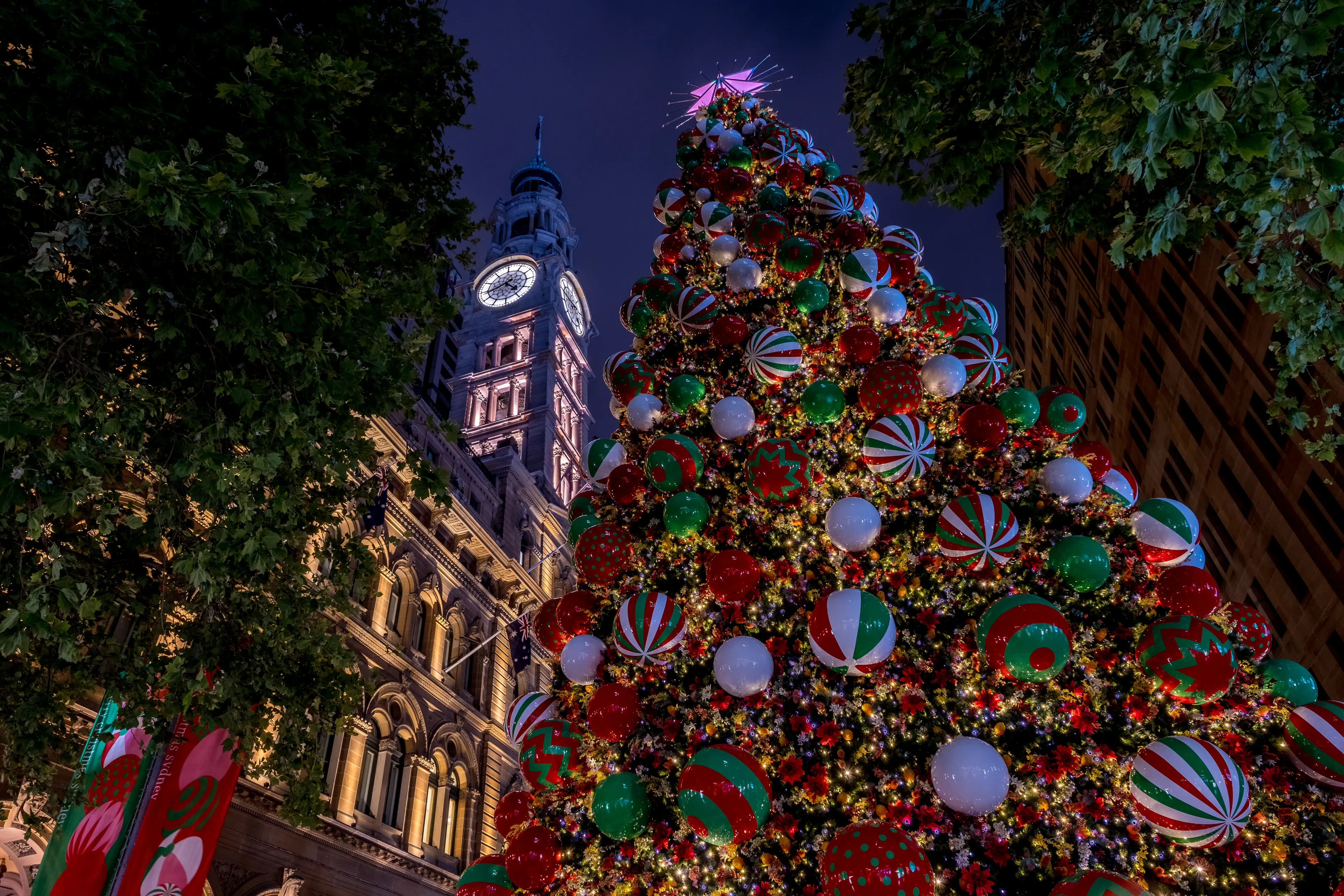2-Day Sydney, Australia Adventure Itinerary
Sydney, Australia
2 days





About Sydney, Australia
Experience the vibrant city life of Sydney, Australia, a cosmopolitan hub known for its iconic landmarks, stunning beaches, and rich cultural heritage. Marvel at the architectural wonders of the Sydney Opera House and the Sydney Harbour Bridge. Explore the Royal Botanic Garden, the historic Rocks district, and the world-renowned Taronga Zoo. Enjoy the sun at Bondi Beach, one of the world's most famous beaches, or take a ferry ride to Manly Beach for a quieter seaside experience. Indulge in Sydney's diverse culinary scene, from fresh seafood to international gourmet cuisine. Discover the city's vibrant arts and culture through its numerous museums, galleries, and theaters. Sydney offers a perfect blend of natural beauty, urban sophistication, and outdoor adventures, making it an unforgettable travel destination.
2-Day Itinerary
Day 2
Discovering Sydney's Wildlife and Beach Life
Morning
Visit the Taronga Zoo, home to over 4,000 animals from 350 species. Take the cable car for an aerial view of the zoo and the harbour.
Lunch
Have lunch at a local eatery in the Mosman area, known for its trendy cafes and restaurants.
Afternoon
Spend the afternoon at Bondi Beach, one of the most famous beaches in the world. Enjoy the sun, surf, and sand, or take a walk along the scenic Bondi to Coogee coastal trail.
Dinner
Enjoy a relaxed dinner at a restaurant in the Bondi area, known for its vibrant dining scene and fresh seafood.
Evening
End your day with a visit to the Sydney Observatory for a night of stargazing. The observatory offers guided tours and stunning views of the night sky.
Attractions in Itinerary (6)

1Sydney Opera House
One of the 20th century's most famous and distinctive buildings.
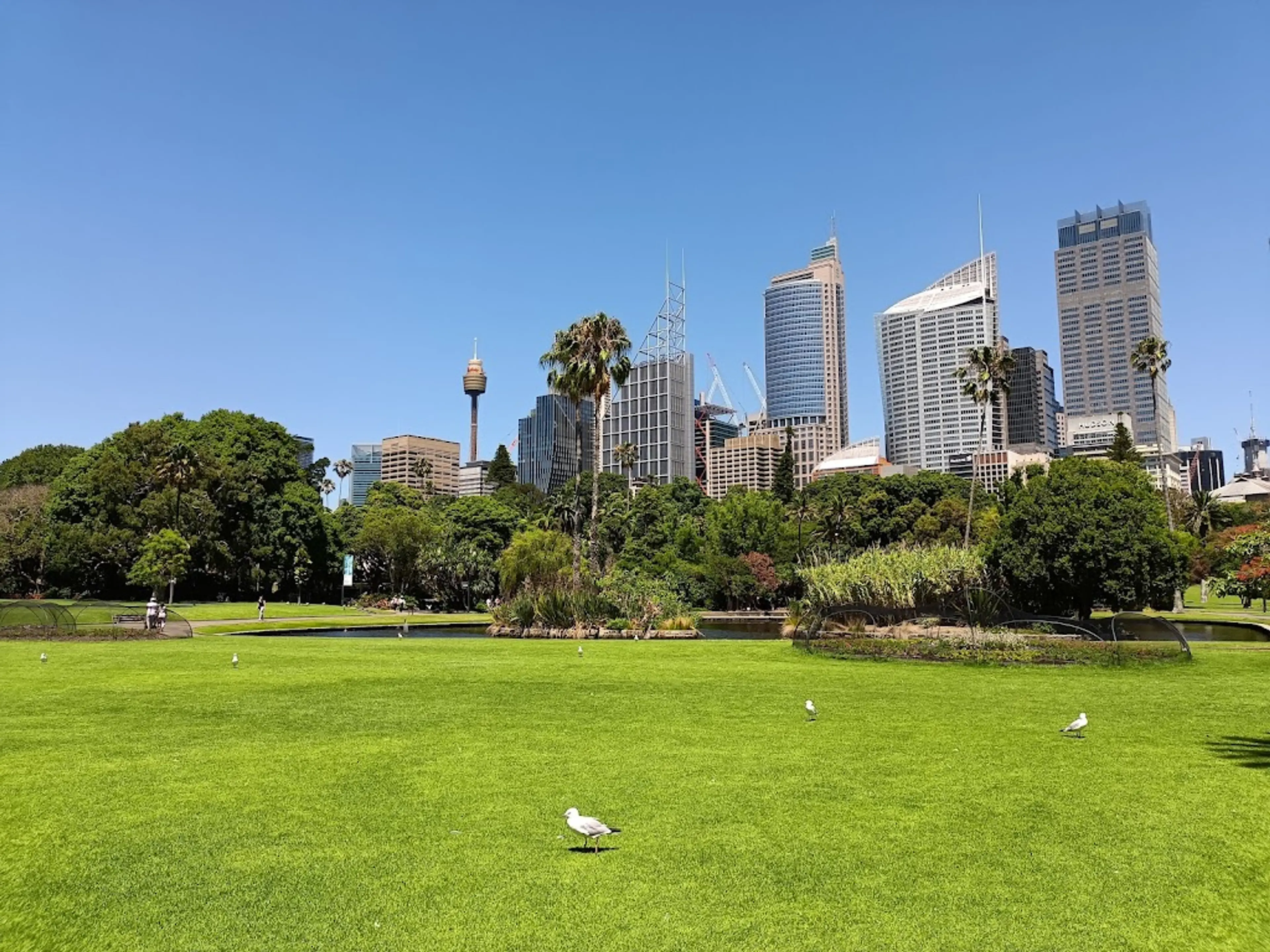
2Royal Botanic Garden
A heritage-listed major 30-hectare (74-acre) botanical garden, event venue and public recreation area located at Farm Cove on the eastern fringe of the Sydney central business district.

3Sydney Harbour Bridge
Steel through arch bridge across Sydney Harbour that carries rail, vehicular, bicycle, and pedestrian traffic.
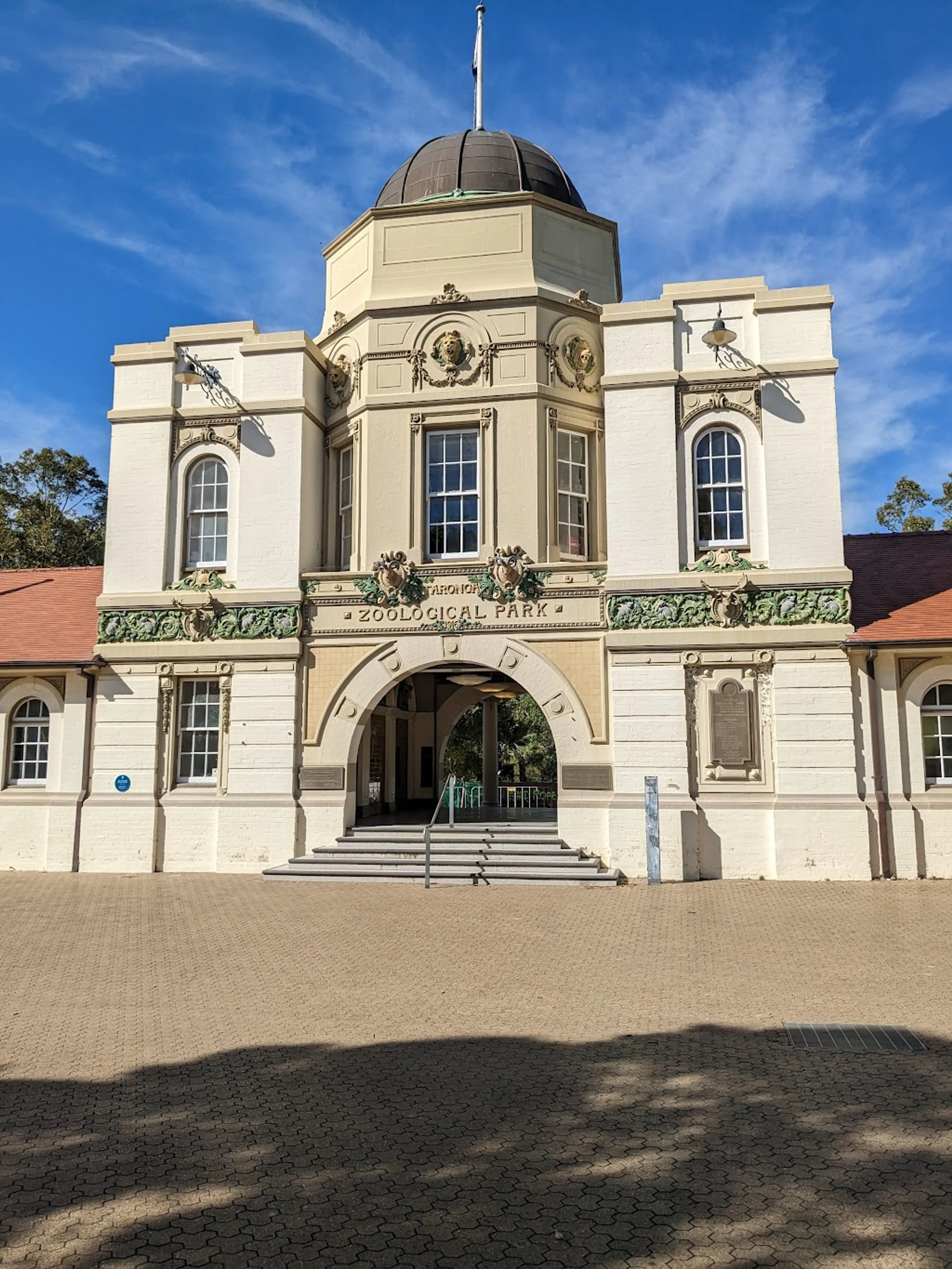
4Taronga Zoo
City zoo located on the shores of Sydney Harbour in the suburb of Mosman.
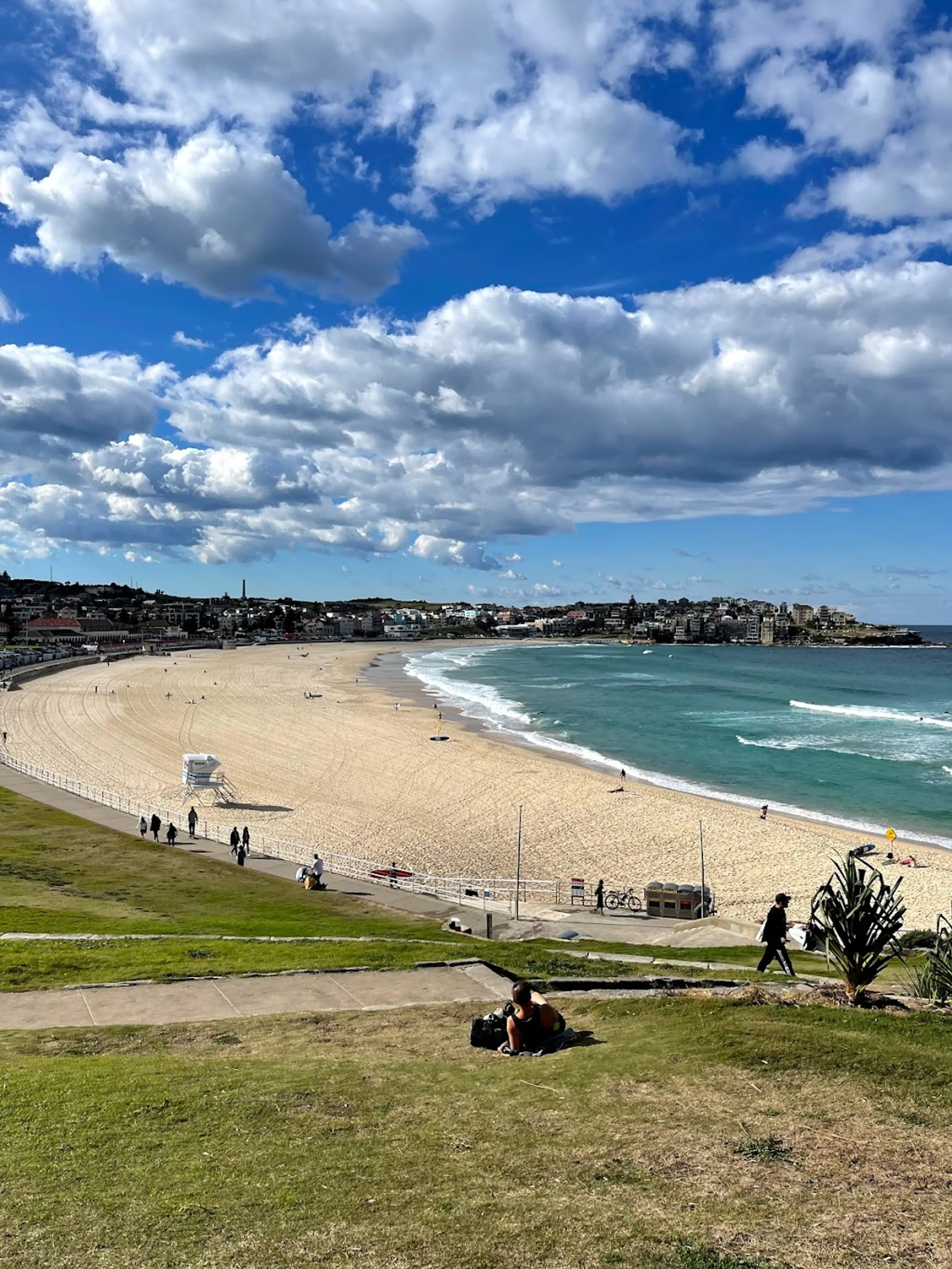
5Bondi Beach
One of the world's most famous beaches, known for its beautiful sand, surf, and lively atmosphere.

6Sydney Observatory
Astronomy museum located in the heart of Sydney.
Local Food and Drinks (12)

Fish and Chips
A popular dish in Sydney due to its coastal location, fish and chips is a must-try. Freshly caught fish is battered and deep-fried, served with crispy chips.

Chicken Parmigiana
A pub favourite in Sydney, Chicken Parmigiana is a breaded chicken breast topped with tomato sauce and melted cheese.

Meat Pie
A popular snack in Sydney, the Meat Pie is a hand-sized pie filled with minced meat and gravy, often topped with tomato sauce.

Barramundi
Barramundi is a type of seabass native to Australia. It's a popular choice in Sydney, often grilled or fried and served with a side of chips or salad.

Lamington
A traditional Australian dessert, Lamington is a square-shaped sponge cake coated in chocolate and desiccated coconut.

Pavlova
Named after the Russian ballerina Anna Pavlova, this meringue-based dessert with a crisp crust and soft, light inside, topped with fruit and whipped cream is a favourite in Sydney.

Tim Tam
Tim Tam is a brand of chocolate biscuit made by Arnott's. It's a popular snack in Sydney, consisting of two malted biscuits separated by a light chocolate cream filling and coated in a thin layer of textured chocolate.

Flat White
A coffee drink originating from Australia, the Flat White is similar to a latte but smaller in volume and with less microfoam, resulting in a higher proportion of coffee to milk.

Vegemite on Toast
A staple breakfast item in Sydney, Vegemite on Toast is a simple dish of toasted bread spread with Vegemite, a thick, dark brown Australian food spread made from leftover brewers' yeast extract with various vegetable and spice additives.

Anzac Biscuits
Anzac Biscuits are a sweet biscuit, popular in Australia, featuring rolled oats, flour, sugar, butter, golden syrup, baking soda, boiling water, and desiccated coconut.
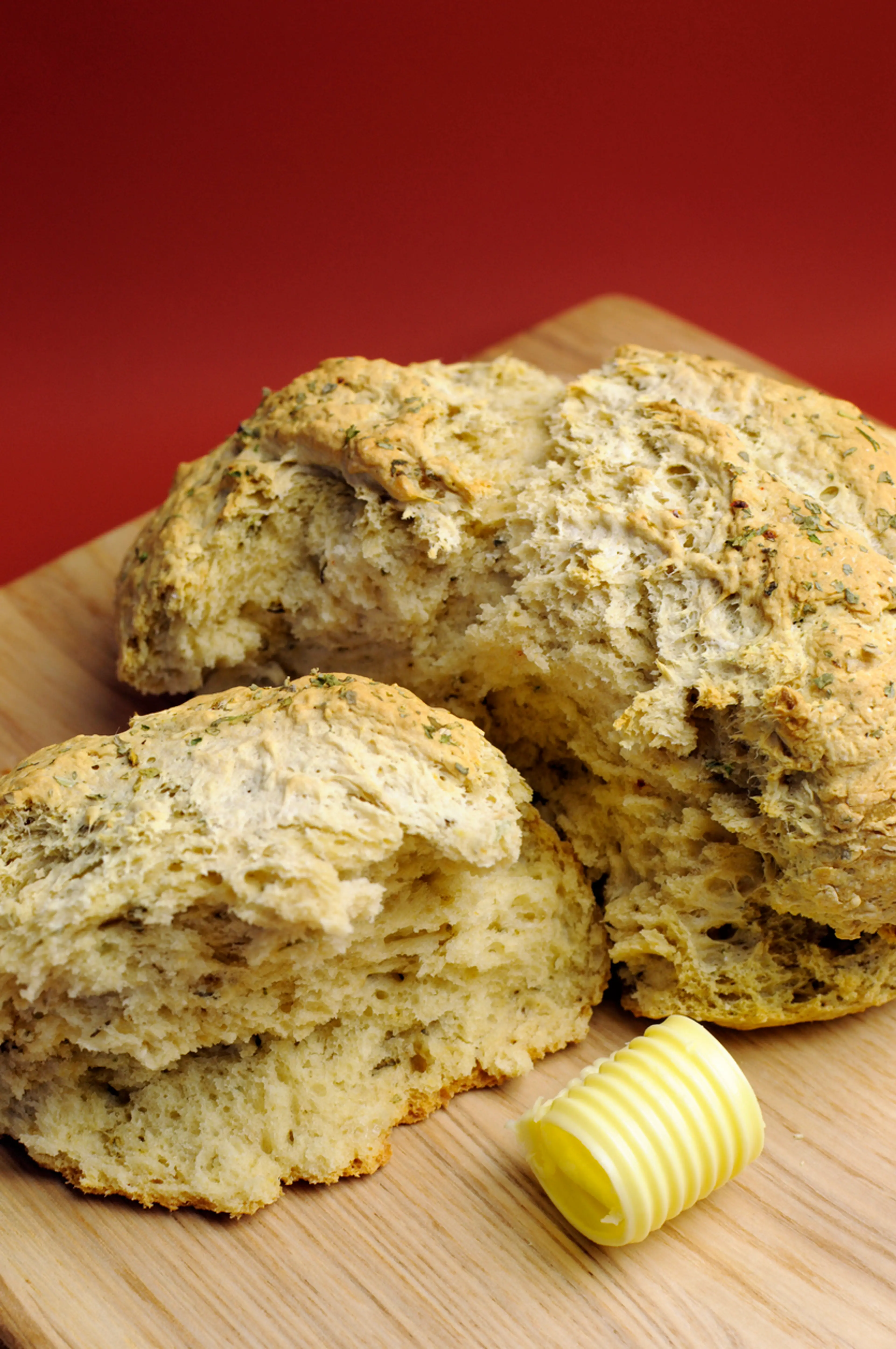
Damper
Damper is a traditional Australian soda bread, historically prepared by swagmen, drovers, stockmen and other travellers. It's a wheat-based bread, traditionally baked in the ashes of a campfire or in an oven.

Bundaberg Ginger Beer
Bundaberg Ginger Beer is a popular non-alcoholic beverage in Sydney. It's a sweet, carbonated drink brewed by the traditional process of fermentation.
Best time to visit
The best time to visit Sydney, Australia is during the shoulder season, which is from September to November and from March to May. During these months, the weather is pleasant with temperatures ranging from 20°C to 30°C, and there are fewer tourists, which means less crowded attractions. Additionally, airfare and accommodation rates are generally lower compared to the peak season. However, if you want to experience Sydney's summer, you can visit from December to February. Just be prepared for higher temperatures and more tourists.
How to get around
Train
Sydney's train service is a convenient way to travel to the city centre, suburbs, and beyond. Trains run frequently and cover most of the city. The T1, T2, T3, T4, T5, T6, T7, T8, and T9 lines connect different parts of Sydney and its suburbs.
Bus
Buses are a great way to get around Sydney, especially areas not serviced by trains. There are numerous bus routes operating throughout the city and suburbs. The buses are clean, reliable, and efficient.
Ferry
Ferries provide a scenic way to travel around Sydney, especially to places like Manly, Parramatta, and Watsons Bay. The ferry terminals are located at Circular Quay, a major transport hub in Sydney.
Light Rail
The Light Rail is a tram system that runs from Central Station to Dulwich Hill, with stops at popular locations like Darling Harbour, the Star Casino, and the Sydney Fish Market.
Taxi
Taxis are readily available throughout Sydney. They can be hailed from the street, booked online, or picked up from designated taxi ranks.
Ridesharing
Ridesharing services like Uber and Ola are widely used in Sydney. They offer a convenient and often cheaper alternative to taxis. You can book a ride using their respective apps.
Bicycle
Sydney has a growing network of cycle paths, making cycling a viable way to get around. There are several bike hire services available throughout the city.
Car Rental
Renting a car can be a good option if you plan to visit areas outside of Sydney that are not easily accessible by public transport. However, parking can be expensive and difficult to find in the city centre.
Walk
Many of Sydney's attractions are within walking distance of each other, especially in the city centre. Walking is a great way to explore the city at your own pace.
Important information
Currency$ AUD
Time zoneUTC+10
Driving sideLeft
Emergency phone000 (112 on cell phone)
Drinking waterYes
Power sockets
Voltage230 V
Things to know about Sydney, Australia as a first time visitor
1
Sydney operates on Australian Eastern Standard Time (AEST), which is 10 hours ahead of Coordinated Universal Time (UTC+10).
2
The official language is English, but you'll hear a wide variety of languages spoken due to Sydney's multicultural population.
3
The currency is the Australian Dollar (AUD). Credit cards are widely accepted, but it's always good to have some cash on hand for small purchases.
4
Tipping is not mandatory in Australia, but it is customary to leave a 10-15% tip for good service in restaurants.
5
Sydney has a temperate climate with mild winters and warm summers. Average temperatures range from 46-66°F (8-19°C) in winter and 65-81°F (18-27°C) in summer.
6
Public transportation is extensive and reliable. It includes trains, buses, ferries, and light rail. Consider getting an Opal card for easy payment.
7
Driving is on the left side of the road, and the driver's seat is on the right side of the car.
8
Sydney is generally a safe city, but like any major city, it's important to stay aware of your surroundings, especially at night.
9
Australia has strict quarantine laws to protect its unique environment. Be aware of what you can and cannot bring into the country.
10
Sydney has a strong coffee culture. Be sure to try a flat white, a coffee drink that originated in Australia.
11
Sun protection is essential. Australia has some of the highest UV levels in the world. Always wear sunscreen, a hat, and sunglasses.
12
Tap water is safe to drink in Sydney, and you'll find public drinking fountains throughout the city.
13
Free Wi-Fi is available in many public spaces, including libraries, cafes, and some public transportation.
14
Sydney has a vibrant nightlife, with many bars and clubs staying open until the early morning hours.
15
If you're planning to visit the beach, always swim between the red and yellow flags. These areas are patrolled by lifeguards.
16
Smoking is banned in all enclosed public places and certain outdoor public areas in Sydney.
17
Sydney is a very walkable city, with many pedestrian-friendly areas. However, remember to look right first when crossing the road, as traffic comes from the opposite direction.
18
Australia uses the Type I plug. The standard voltage is 230 V, and the standard frequency is 50 Hz.
19
Emergency services can be reached by dialing 000. This number can be dialed for free from any phone in Australia.
20
Sydney has a diverse food scene, with a wide variety of cuisines available. Be sure to try some local specialties, like barramundi or kangaroo meat.
Packing List
Clothing
Lightweight clothing
Underwear
Socks
Sleepwear
Swimwear
Comfortable walking shoes
Sunglasses
Hat
Light jacket or sweater
Toiletries
Toothbrush and toothpaste
Deodorant
Razor and shaving cream
Shampoo and conditioner
Body wash or soap
Sunscreen
Lip balm
Travel-size first aid kit
Prescription medications
Hand sanitizer
Travel documents and essentials
Passport
Driver's license or ID card
Credit and debit cards
Cash and coins
Travel insurance documents
Hotel and car rental reservations
Emergency contacts and important addresses
Electronics and gadgets
Smartphone and charger
Headphones
Camera and charger
Power bank
Travel adapter
Laptop and charger (optional)
Miscellaneous items
Travel pillow and blanket
Earplugs and eye mask
Snacks
Water bottle
Books or e-reader
Travel guide and map
Umbrella
Reusable shopping bag
Weather Conditions
Sydney, Australia is known for its generally mild and pleasant climate. However, it's important to note that Australia's seasons are opposite to those in the Northern Hemisphere. Summer in Sydney runs from December to February. During this time, temperatures can reach up to 86°F (30°C), so it's advisable to pack light clothing, sunscreen, and a hat. This is also a great time to visit Sydney's beautiful beaches, but remember to stay hydrated and seek shade during the hottest parts of the day. Autumn, from March to May, sees milder temperatures ranging from 68°F to 77°F (20°C to 25°C). This is a great time to explore the city's parks and gardens as they change into beautiful autumnal colors. Winter, from June to August, can be a bit cooler with temperatures ranging from 46°F to 64°F (8°C to 18°C). While snow is extremely rare in Sydney, it's still a good idea to pack a warm jacket or sweater for the cooler evenings. Spring, from September to November, is a beautiful time to visit Sydney with temperatures ranging from 68°F to 77°F (20°C to 25°C). The city comes alive with blooming flowers and outdoor events. Regardless of when you visit, it's always a good idea to check the local forecast before your trip as Sydney can experience occasional heatwaves in the summer and heavy rain in the winter. Also, remember that the sun in Australia is particularly strong due to the hole in the ozone layer above the country, so always wear sunscreen, even on cloudy days. Sydney is a vibrant city with a lot to offer in any season, so pack accordingly and enjoy your visit!
| Month | Hi / Lo (°C) | Weather Overview |
|---|---|---|
January | 30° / 19° | January is the hottest month in Sydney with an average temperature of 25°C. It's a great time for beach activities and outdoor exploration. |
February | 30° / 19° | February continues the summer season with similar temperatures to January. It's a perfect time for water sports and visiting the Sydney Opera House. |
March | 28° / 17° | March sees the start of autumn with slightly cooler temperatures. It's an ideal time for sightseeing and visiting the Royal Botanic Garden. |
April | 25° / 14° | April is a pleasant month with moderate temperatures. It's a good time for hiking in the Blue Mountains National Park. |
May | 22° / 11° | May brings the start of winter with cooler temperatures. It's a great time to visit museums and indoor attractions. |
June | 19° / 8° | June is the coolest month in Sydney. It's a good time for whale watching and enjoying hot coffee at local cafes. |
July | 18° / 7° | July continues the winter season with similar temperatures to June. It's a perfect time for shopping and exploring the city's architecture. |
August | 19° / 8° | August sees the end of winter with slightly warmer temperatures. It's an ideal time for visiting the Taronga Zoo and Sydney Aquarium. |
September | 22° / 11° | September brings the start of spring with moderate temperatures. It's a good time for picnics in the Centennial Park. |
October | 25° / 14° | October is a pleasant month with warmer temperatures. It's a great time for outdoor activities and enjoying the city's nightlife. |
November | 27° / 16° | November sees the start of summer with higher temperatures. It's an ideal time for beach activities and visiting the Sydney Harbour. |
December | 29° / 18° | December is a festive month with warm temperatures. It's a perfect time for celebrating Christmas and New Year in Sydney. |
Did you know?
Places near by Sydney, Australia

Blue Mountains
A beautiful mountain range known for its dramatic scenery, it features steep cliffs, eucalyptus forests, waterfalls and villages dotted with guesthouses, galleries and gardens.

Royal National Park
The second oldest national park in the world, it offers stunning scenery from mountains to beaches, as well as a range of activities including hiking, cycling, and whale watching.

Wollongong
A seaside city known for its beautiful beaches, vibrant arts scene, and the Grand Pacific Drive coastal route.

Hunter Valley
One of Australia's major wine regions, with a history of winemaking dating back to the early 1800s. It's known for its vineyards, gourmet food, and beautiful scenery.
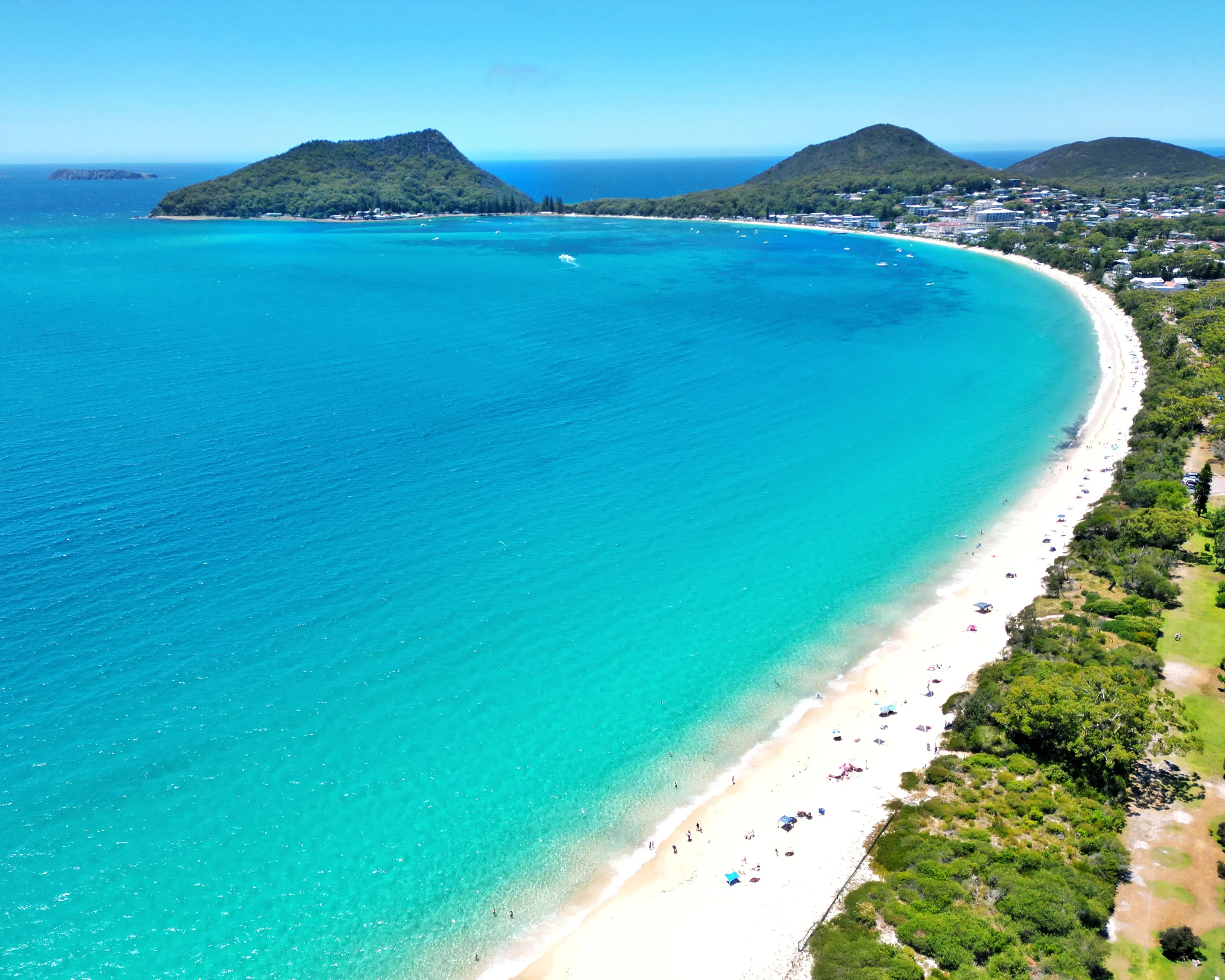
Port Stephens
A naturally beautiful area, known for its golden beaches, crystal clear waters, abundance of fish and marine life, sand dunes and national parks.

Canberra
The capital city of Australia, it's known for its national institutions including the Australian War Memorial, National Gallery of Australia, and Parliament House.

Jervis Bay
Known for its white-sand beaches, crystal-clear waters, and diverse wildlife, it's a popular destination for beachgoers, nature lovers, and adventurers.
